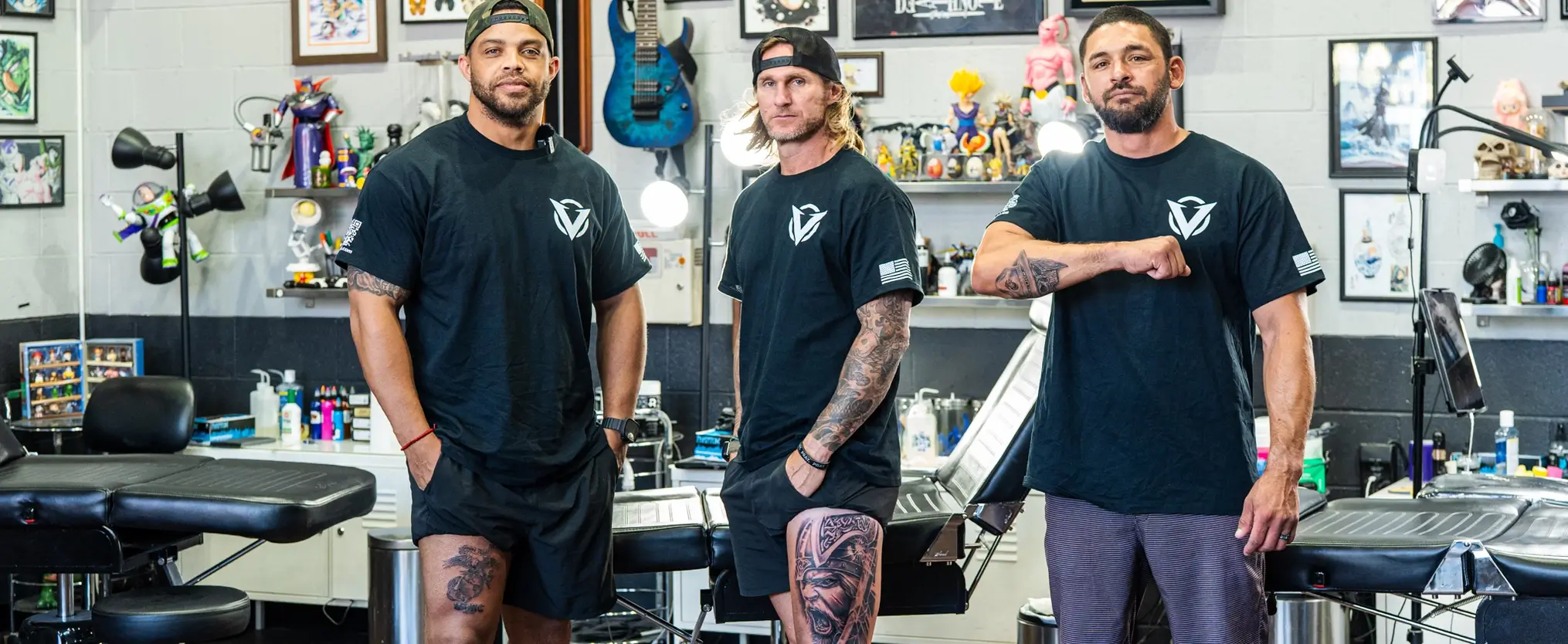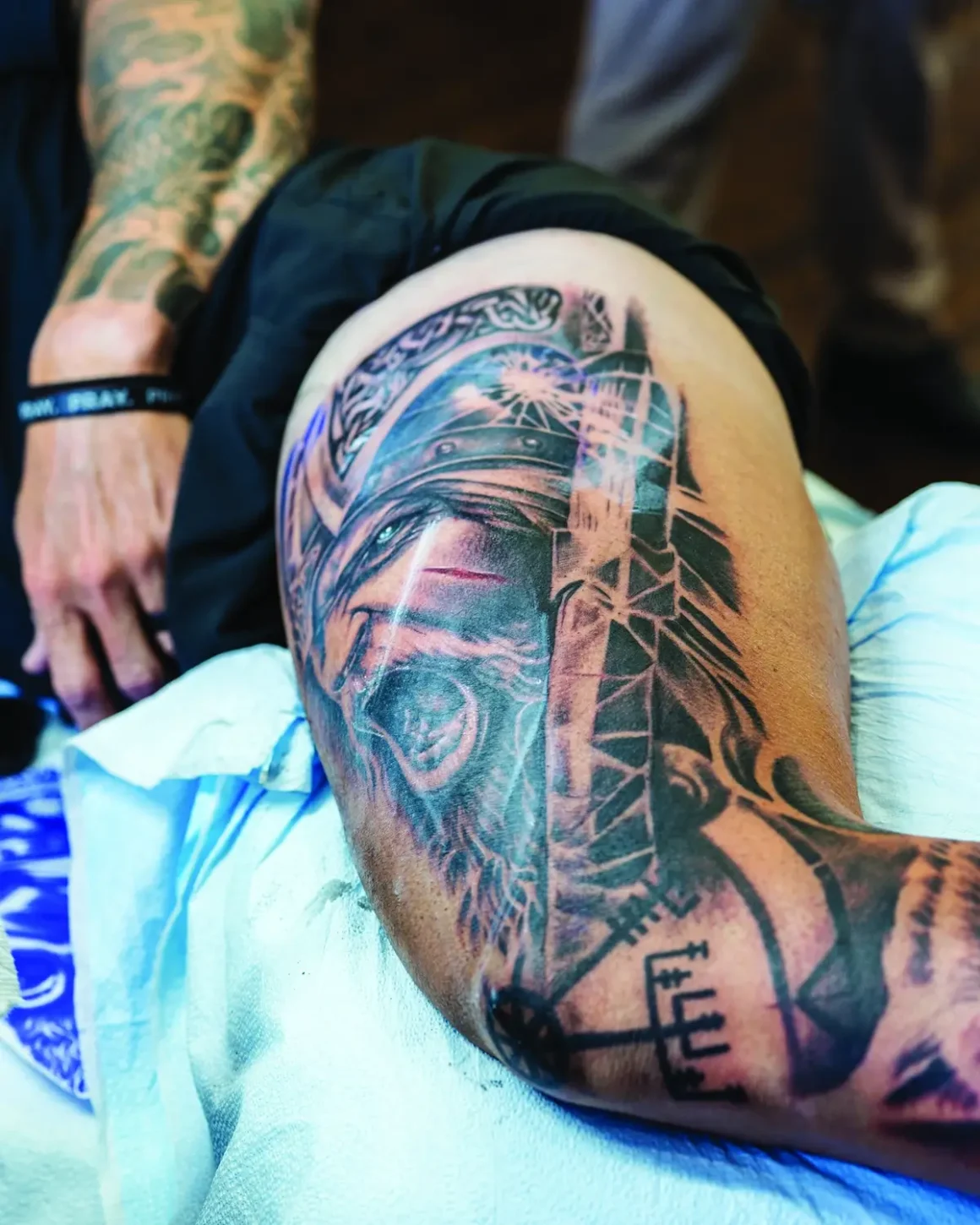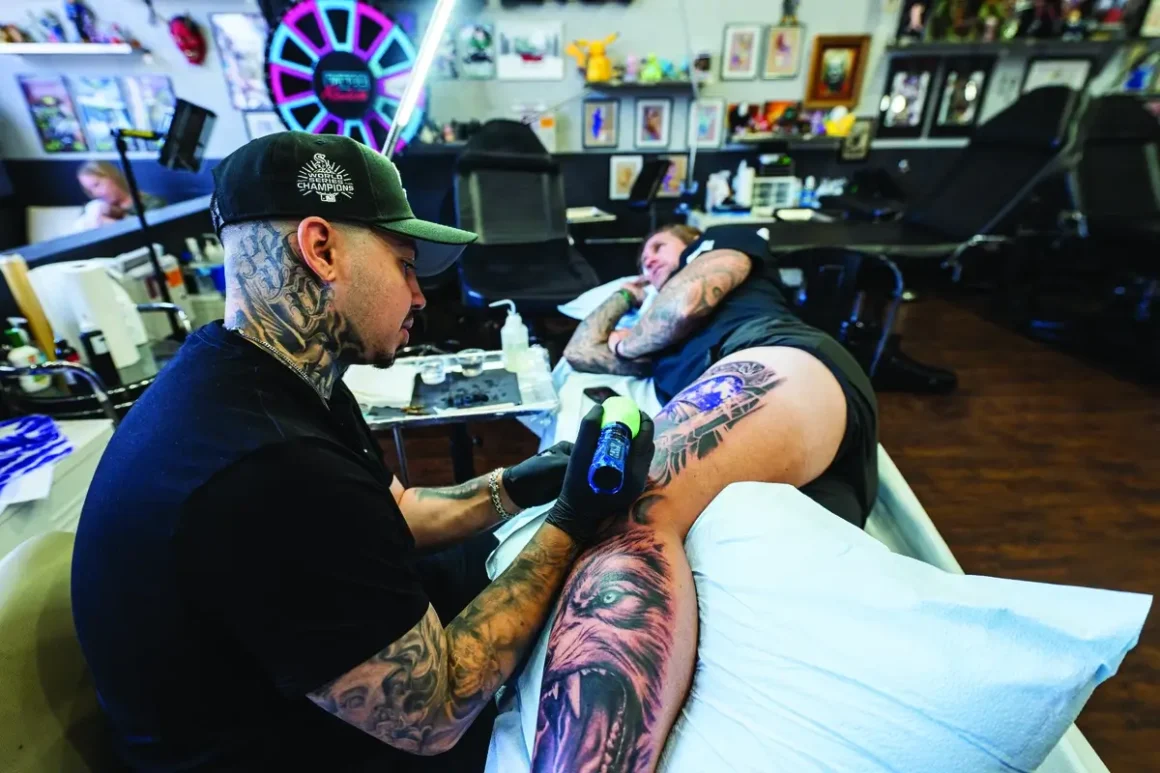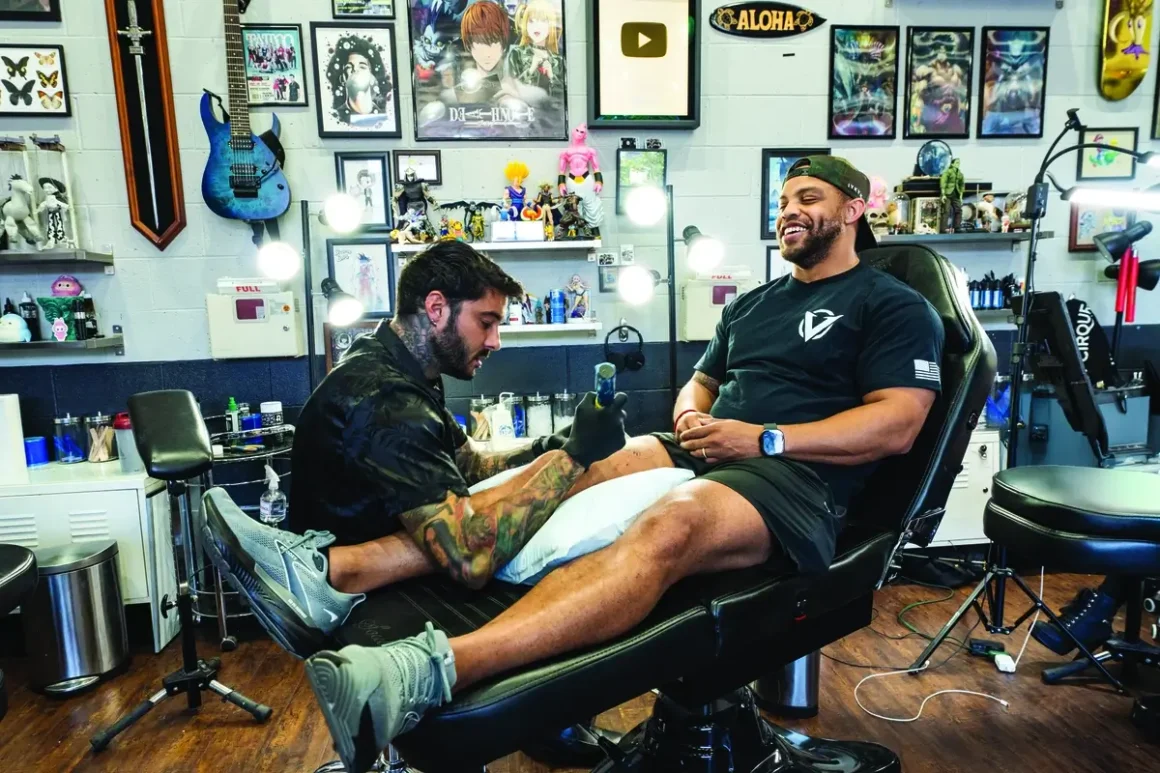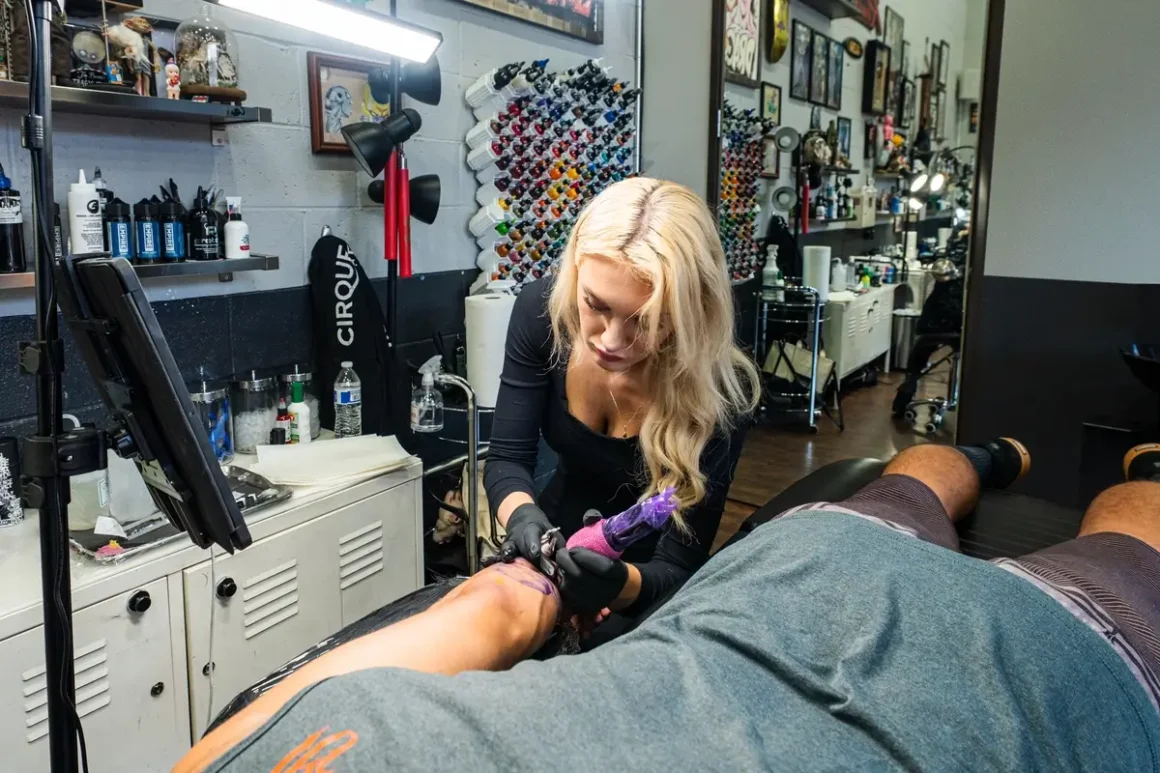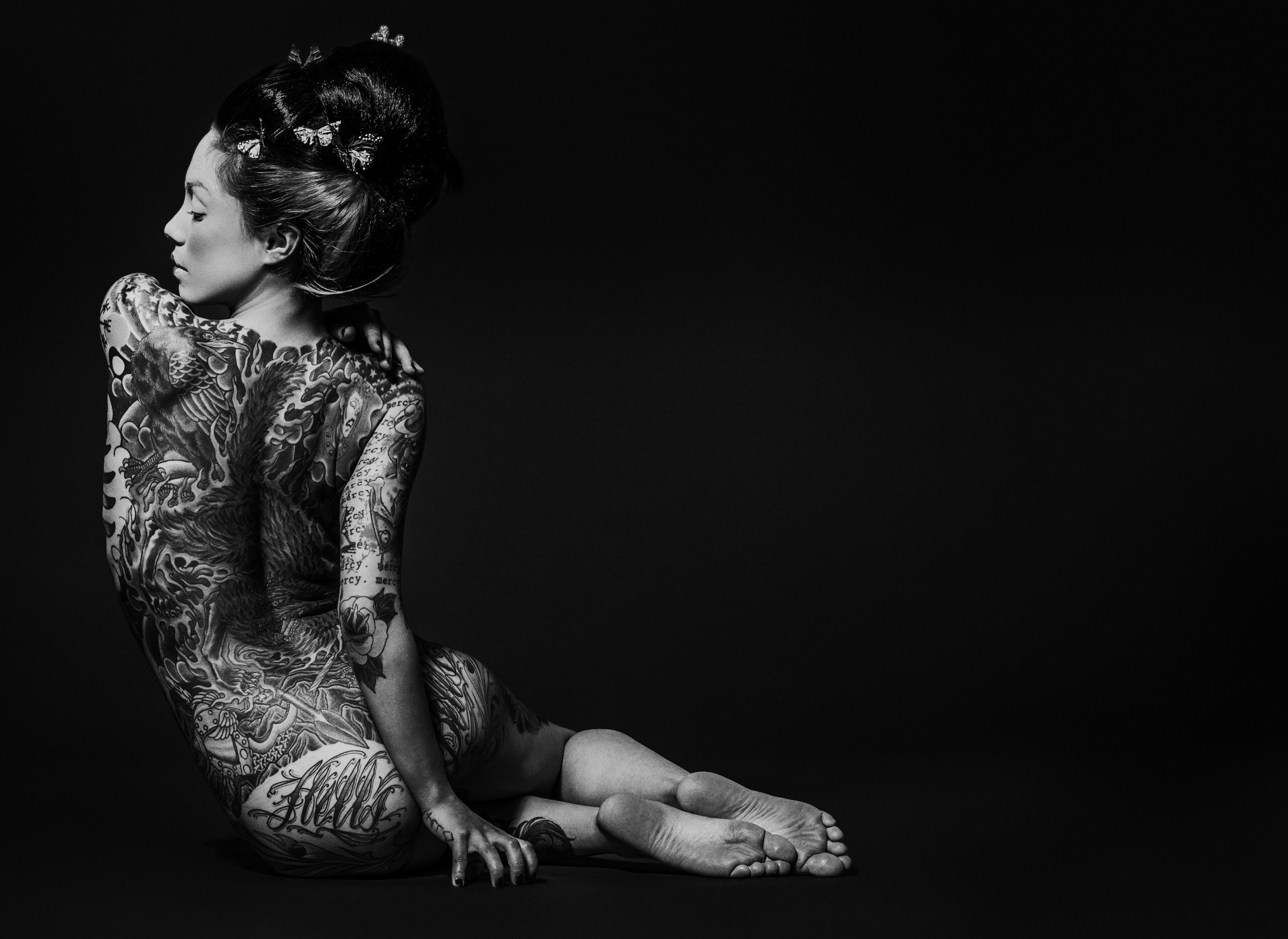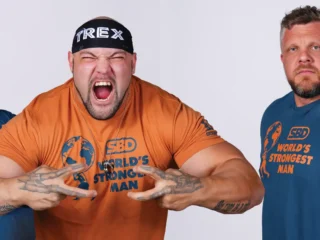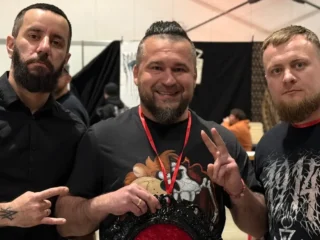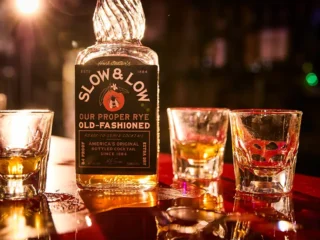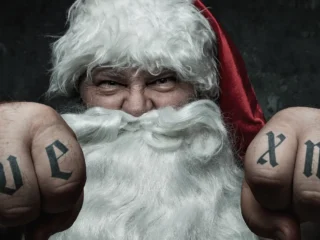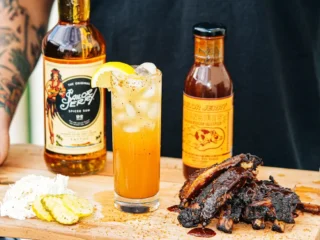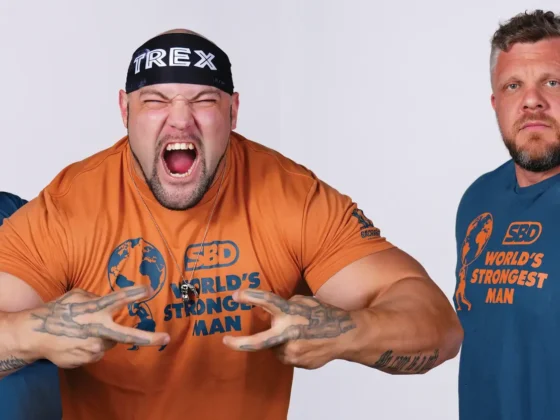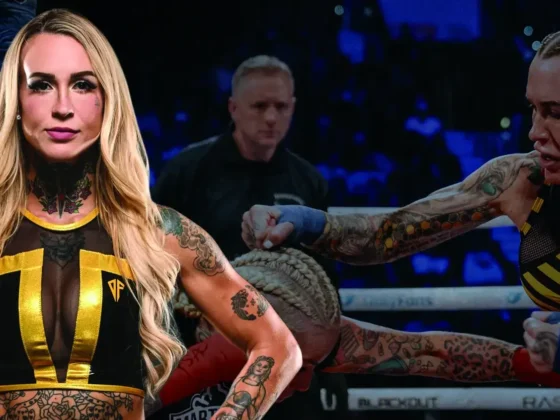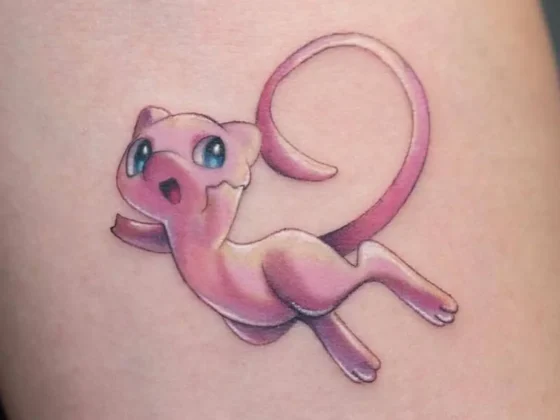The Ink That Heals: Inside Veteran Ink’s Mission to Help Heroes Through Art
For many veterans, tattoos are more than body art—they’re a way to process pain, honor service, and remember the stories that shaped them.
Three veterans walk into a tattoo shop: one former soldier and two former Marines. They order up a round of old memories: a shot of new ink for each, taken straight. However, there’s no punchline to this story. Instead, this setting is more of a short story about a trio of vets, a passionate non-profit, and the California tattoo shop that served them fresh ink.
Jeremy Dornbusch, who served in the Army for 20 years, Derek Durazo, who served for 20 years in the Marines, and Sean Powers, a U.S. Marine veteran who served in the Afghanistan War, each carry unique, individual stories of their time in service. Veteran Ink, an organization that aims to help veterans heal “through the transformative practice of tattoo therapy,” organized a summer excursion to California Dream Tattoo with a spotlight on these veterans’ experiences: their unwavering spirit of pride and camaraderie alive and well through the tattoos that honor it.
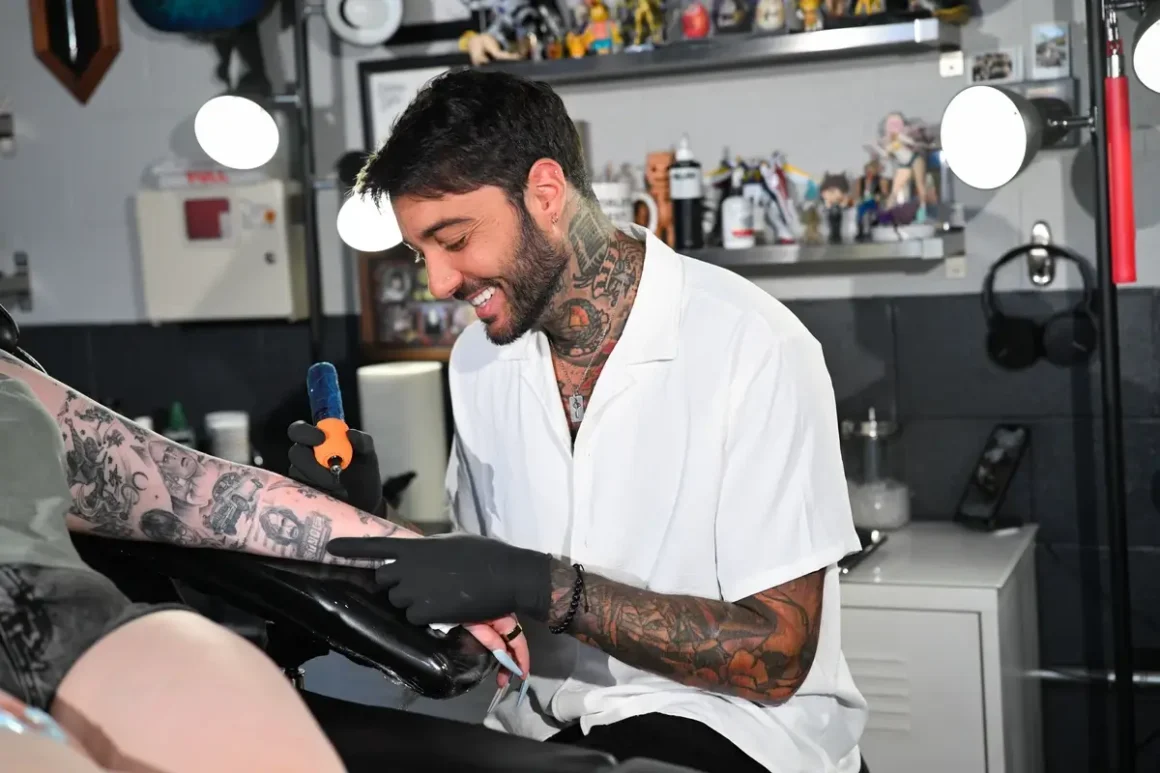
While not a service member himself, growing up around family and friends who were has given shop owner Romeo Lacoste a personal appreciation for those in uniform. The shop’s name itself reflects his own version of the “American Dream,” which for him always pointed West. “The palm trees, beaches, and luxury lifestyle I saw on TV stuck with me,” he said. “I moved to L.A. to build something iconic: a dream tattoo shop.” Through a partnership with Inked Magazine and Veteran Ink, Lacoste’s dream extends further to those who once donned the nation’s uniforms.
“I’ve been wanting to get this tattoo for probably 15 years now, but while I was on drill instructor duty, I didn’t want to feel like I was jinxing myself,” Durazo said, who chose a skull with a Spartan helmet face shield and drill instructor campaign hat.
Dornbusch, on the other hand, honored both his Norwegian roots and his military background with a design that pays homage to Týr, God of war, justice, and law in Norse mythology. “Being in the military, you’re always protecting others and making sure justice is served,” he stated.
As for Powers, it’s an emotional piece for him, one that takes him back. “When I first got my eagle, globe, and anchor, it was such an impactful moment for me. I cried, and I was so proud to have that in my hands,” he shared. “This is kind of what started me on my eight-year journey in the military and probably my most proud moment.”
Veteran Ink Chief Marketing Officer Heather Dueitt doubles down on the reflective nature of tattoos for veterans, breaking down the idea that it can be a form of therapy for their community specifically. “For veterans, tattoos often communicate what words cannot,” she said. “Tattoo therapy acknowledges that healing doesn’t always happen in traditional clinical settings. Sometimes it happens in a tattoo chair, where veterans can take control of their narrative and their body in a way that feels empowering.”
Lacoste is no stranger to the notion either. “Tattoos are more than art — they’re emotional,” he declared. “It’s a powerful connection between the artist and client, like therapy that you wear forever. You leave with something that helps you heal and makes you feel whole.”
Dueitt added, “It’s not just about the final artwork — it’s about the entire process: the planning, the meaning-making, the time spent in the chair, and the permanent transformation of difficult experiences into something beautiful.”
The note of transformation is multifold for veterans. Yes, there is the transformation of pain into works of beauty, but there is also the transformation of self post-duty, which isn’t always pretty.
“I’ve transitioned several times between playing professional soccer, going back in the military on active duty, and then coming back out. It’s not an easy transition,” Dornbusch said of returning to civilian life. “A lot of people have a false sense of hope when they are getting out,” he explained, reinforcing the importance of organizations like Veteran Ink. “The message that they’re sending (is impactful), helping veterans tell their story and advocate for other veterans, that you’re not alone in your journey. Leaning on each other and having each other’s support is what gets us through and to the next level.”
Powers recalled similar struggles with the “confusing” acclimation back to civilian life after serving. “I didn’t really know where to go,” he said. At least in this instance, he was reminded of that feeling of community, more specifically brotherhood, within the walls of California Dream Tattoo.
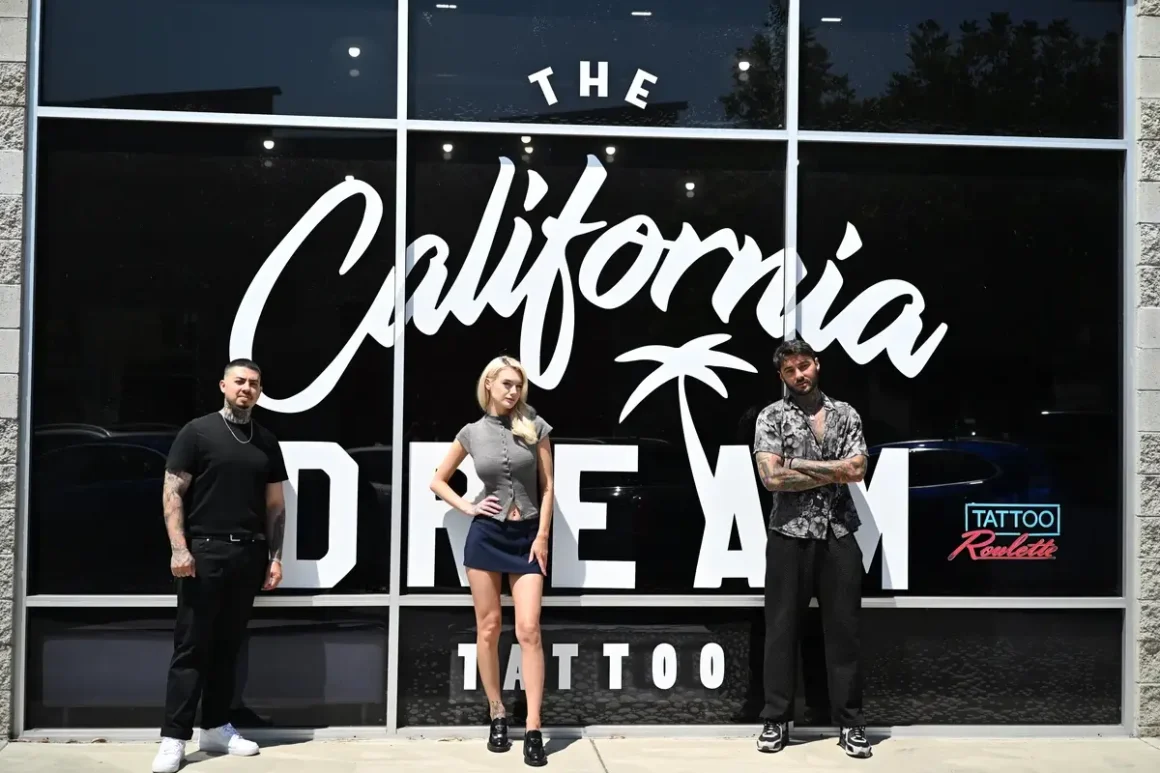
“I didn’t know what to expect going in, but meeting the vets and hearing their stories left a huge impression on me,” explained Lacoste of the experience. “These are strong, brave people, but hearing their emotional connection to their service and their brothers and sisters in arms — it reminded me how deep their bond goes.”
His take on the American dream-meets-California Dream parallels the veterans’ pursuit of new beginnings. It underscores that belonging and purpose can be fulfilled in many ways, through service and symbolic ink alike.
“We’re building something much bigger than individual tattoo sessions—we’re creating a movement around veteran healing through art,” Dueitt added. For Dornbusch, Durazo, and Powers, alongside Lacoste, their tattoos — whether gotten or given — are more than art; they are markers of identity, memories, and pride.
To follow more powerful veteran stories, look out for the upcoming documentary series, “The Story Behind the Ink” by Veteran Ink.
Join the movement and help celebrate the stories behind the ink at VeteranInk.com
Editor's Picks
Reka Nyari – Body Language
Reka Nyari captures powerful portraits of tattooed individuals, blending storytelling, art, and raw human expression through her lens.

